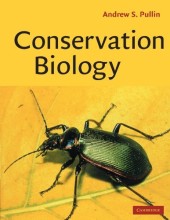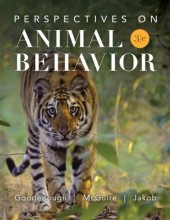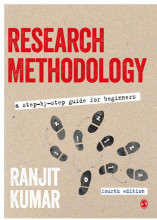Summary: Biology | 9780321536167 | Neil A Campbell in Beth Wilbur
- This + 400k other summaries
- A unique study and practice tool
- Never study anything twice again
- Get the grades you hope for
- 100% sure, 100% understanding
Read the summary and the most important questions on Biology | 9780321536167 | Neil A. Campbell ... [Ed.-in-chief: Beth Wilbur]
-
1 Animal Form and Function
-
1.3 Homeostatic processes for thermoregulation involve form, function and behavior
This is a preview. There are 10 more flashcards available for chapter 1.3
Show more cards here -
Hoe kan metabolic rate gemeten worden?
door warmte, O2 of CO2 te meten
-
45 Hormones and the Endocrine System
-
What is a hormone and what does it do?
A hormone is a molecule that is secreted into the extracellular fluid, circulates in the blood or hemolymph, and communicates regulatiry messages throughout the body.
-
The circulatory system of the body allows hormones to reach all cells of the body, so is it able to influence every cell of the body?
No, because only the target cells have receptors that react to the hormone and enable a response.
-
45.1 Hormones and other signaling molecules bind to target receptors, triggering specific response pathways
-
What types of signaling molecules are distinguished?
- Hormones
- Local regulators
- Neurotransmitters and Neurohormones
- Pheromones
-
What types of intercellular communication by secreted molecules are distinguished?
- Endocrine signaling
- Paracrine signaling
- Autocrine signaling
- Synaptic signaling
- Neuroendocrine signaling
-
45.1.1 types of secreted signaling molecules
-
How do signaling molecules trigger responses?
By binding to a specific receptor protein in or on target cells
-
46 Animal reproduction
-
46.1 Both asexual and sexual reproduction occur in the animal kingdom
This is a preview. There are 4 more flashcards available for chapter 46.1
Show more cards here -
What is the difference between asexual and sexual reproduction?
In sexual reproduction offspring is created by the fusion of a male and a female gamete, in asexual reproduction offspring is created without the fusion of male and female gamete.
-
What possible ways are there to reproduce asexually?
- fission
- budding
- fragmentation and regeneration
- Partheogenesis
-
What possible ways are there to reproduce sexually?
- Internal fertilization
- external fertilization
-
Describe what fission is
Fission is an asexual reproduction form where the parent organism seperates into two induviduals of approximately the same size.
- Higher grades + faster learning
- Never study anything twice
- 100% sure, 100% understanding
Topics related to Summary: Biology
-
Animal reproduction - Fertilization depends on mechanisms that bring together sperm and eggs of the same species
-
Animal reproduction - Reproductive organs produce and transport gametes - Female reproductive anatomy
-
Animal reproduction - Reproductive organs produce and transport gametes - Male reproductive anatomy
-
Animal reproduction - The timing and pattern of meiosis in mammal differ for males and females
-
Animal reproduction - The interplay of tropic and sex hormones regulates mammalian reproduction
-
Animal reproduction - In placental mammals, an embryo develops fully within the mothers uterus - Conception, embryonic development, and birth

































